Why Does Salt Melt Ice: An Explanation
It’s so cold and frozen that you cannot help but think about how you will make it to work or get the kids to school. Salt has been used as a significant de-icer, and you can confidently embrace it. But first, it’s crucial to understand how it works for more effective outcomes.
So, why does salt melt ice? You’ve got the answer and many other details to support it. Understanding this process can go a long way in assuring you enjoy the winter without worrying about clearing the ice. Ensure that child- and pet-friendly supplies are obtained to curb the adverse impacts.
Here’s a breakdown of why salt melts ice.
Salt as a De-icer
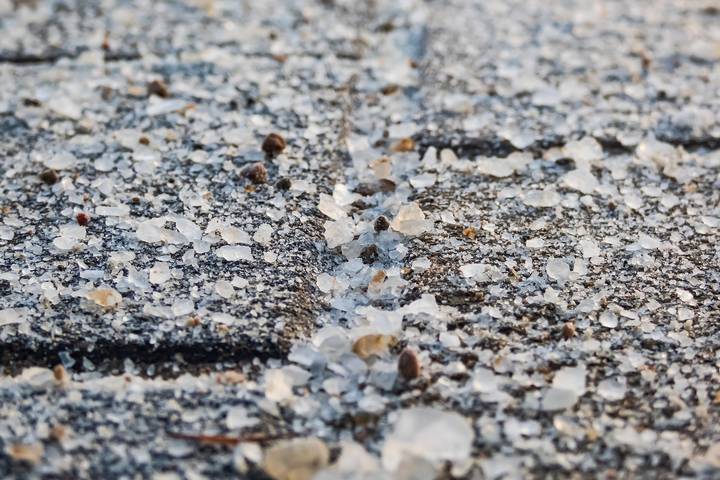
Salt is made up of ions that help to break the hydrogen bond in water, weakening the molecules and melting ice. These ions are oppositely charged and absorb the hydrogen and oxygen atoms in water, making the process possible.
This procedure is called freezing point depression, and it’s more practical in an average area. It also depends on the type and concentration of salt used.
Magnesium Chloride

Magnesium chloride is the most commonly used ice melt salt. It’s liquid and solid, but many prefer the former, especially on roads. This compound is highly soluble in water and releases heat as it gradually dissolves. Magnesium chloride is inexpensive, making it affordable even for residential purposes.
Sodium Chloride
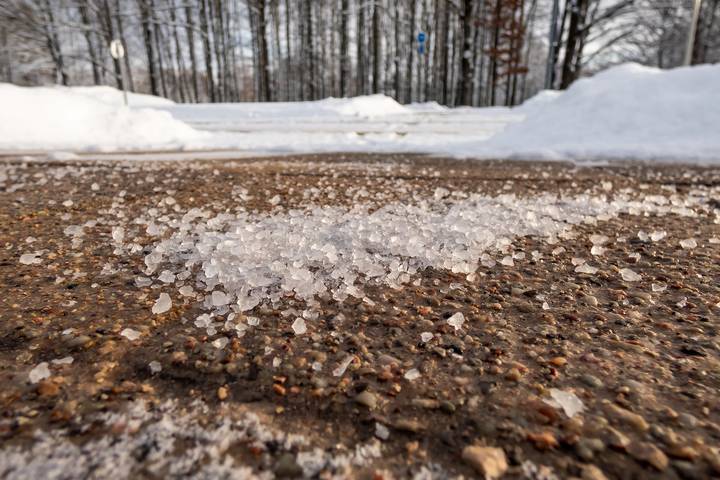
Another salt used to melt ice is sodium chloride, nearly similar to the ordinary salt used for cooking. This grey or slightly white salt is soaked in ice to break and dissolve the molecules quickly. Due to its substantial strength, you should use less sodium chloride to avoid damaging vegetation and water bodies.
Potassium Chloride

Potassium chloride is hardly used to melt ice except by large corporations and cities. This is often because of its high cost, making it hard for retailers and homeowners to afford. However, the compound is usually found in many ice-melting salt blends for reinforcement.
Calcium Chloride
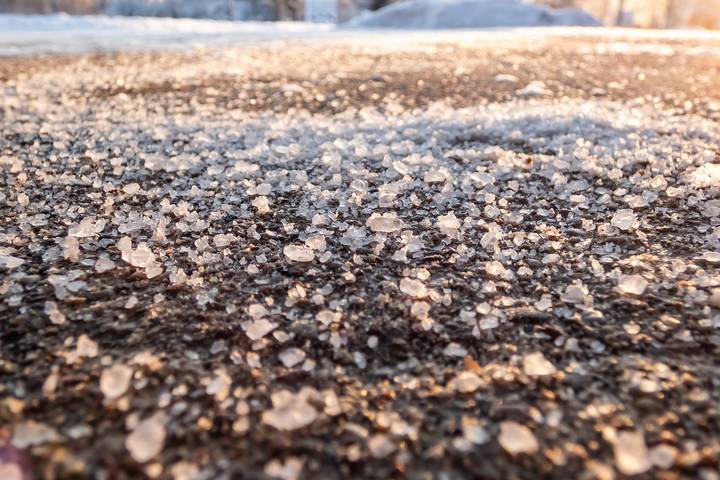
Calcium chloride is a naturally occurring salt that aids in ice melting. It’s often used as a liquid on frozen areas, especially roads, and can work even under very low temperatures. This salt is more potent than sodium chloride and has less harmful environmental effects. Like its counterparts, the high price is why it’s uncommon.
Salt Blends
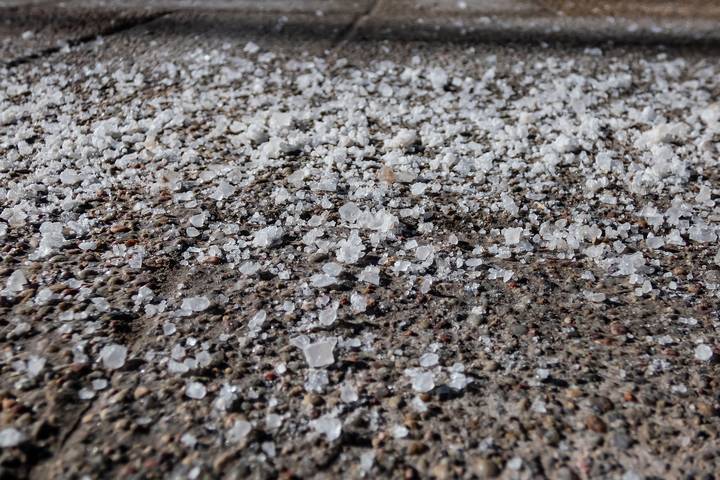
The fifth type of ice-melt salt is a combination of various compounds. These blends usually work with temperatures as low as 20 to 22 degrees Fahrenheit and comprise a higher percentage of sodium chloride (rock salt).
You can be guaranteed similar results with this combination or even better since it combines various strengths. Another de-icer is urea, which is quite effective and has no negative impact on the soil as it’s primarily used as a fertilizer.
Benefits of Salt Ice Melting
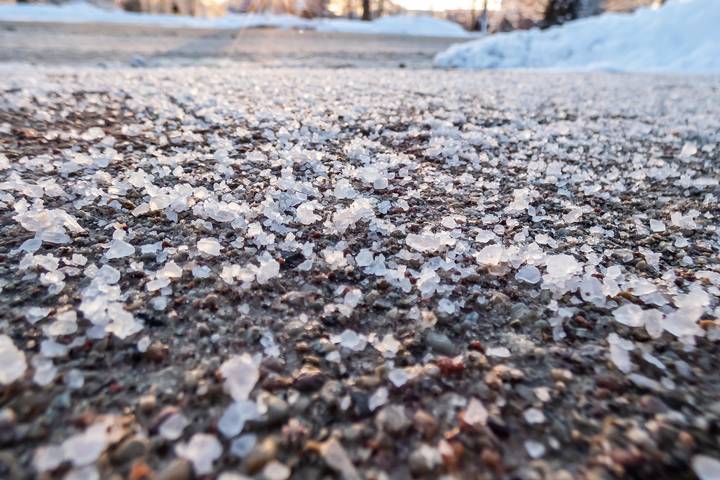
When choosing a salt de-icer, you’re not limited to one option. Choose the one that fits both your needs and your budget, knowing there’s a variety out there for you.
One advantage of these salts is their versatility. They can be applied to various surfaces including concrete, metal, and asphalt without harm. This broadens their practicality and allows use in diverse situations.
In terms of effectiveness, the salts mentioned are highly efficient at melting ice which translates into both time and cost savings. You’ll spend less time fighting ice accumulation than manual efforts.
Additionally, these salts can be applied proactively, before snowfall begins, to combat freezing in your driveway and other areas. If snow does accumulate, it’ll likely be less of a hindrance thanks to the preemptive application of these salts—a strategy that saves you effort in the long run by reducing the need for frequent de-icing.
Other benefits of ice-melting salts are that they are environmentally friendly when applied moderately, help reduce accidents associated with slips, and improve safety.
Drawbacks of Ice Melt Salts
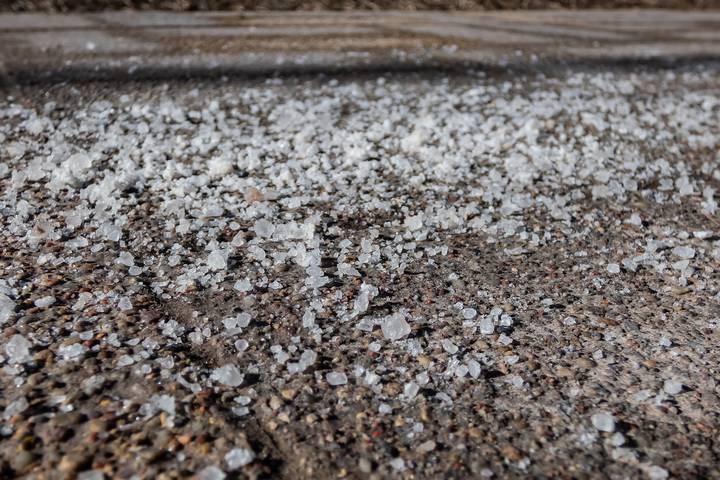
These salts do not go without a few shortcomings that you should acknowledge. First, these salts risk damaging plantations, aquatic life, and pets when they drain into nearby rivers, lakes, or ponds. The same applies to when wild animals drink the water or consume the plantation under the impact of ice-melting salts.
Rock salts can damage property and car parts as the corrosive chemicals dissolve into them. Environmental concerns regarding the use of the above techniques have been increasing. Ice melt salts have such a shortcoming because you may repair more than planned.
Lastly, the salt residues can be toxic to human health, especially that of small children, causing skin irritation and breathing difficulties.

